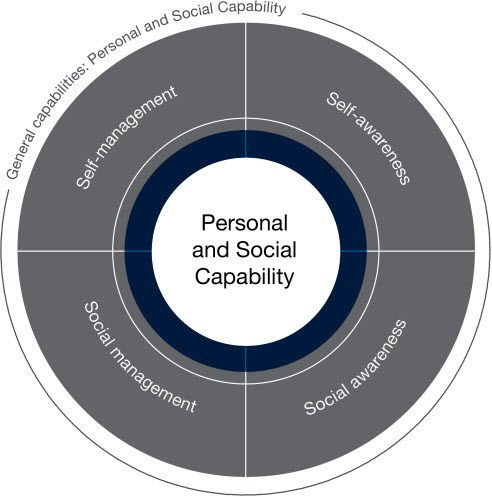Second Step and the Australian Curriculum
- Stephanie Williams
- Nov 28, 2022
- 3 min read
In the last blog we looked at a recent report to come out of the Grattan Institute, an independent think tank that aims to improve Australian public policy by engaging with decision makers and the broader community. In this report “Ending the Lesson Lottery: How to Improve Curriculum Planning in Schools”, the writers have focussed their investigations on curriculum development processes in Australian schools. After surveying thousands of school teachers and leaders the writers discovered that whole school approaches to curriculum planning in Australia is effectively the exception, not the rule. This is despite the fact that curriculum development (what to teach), whilst extremely important to student learning outcomes, typically demands a disproportionate amount of teacher time. Time that teachers could otherwise dedicate to other critical aspects of teaching such refining pedagogy, assessment, improving student learning progress, not to mention enhancing their own personal work-life balance.
“One of the most time-consuming activities in teaching is preparing lessons and suitable materials.”
Fortunately, when teachers seek to teach social-emotional learning skills to students, there are comprehensive SEL programs like Second Step readily available which are designed to significantly reduce teacher preparation time. The Second Step program actually possesses all of the key features of high-quality curriculum materials identified in the Grattan Report:
1. Content and Standards Aligned – The Australian Curriculum provides a broad guide only to schools, “leaving the heavy lifting of detailed lesson planning and assessment to teachers”. This is particularly evident in the Personal and Social Capabilities aspect of the curriculum which importantly aims to equip Australian young people with 21st century skills through focussing on the four elements of self-awareness, self-management, social awareness and social management.

These competencies are now considered by many sectors of society as more important than academic achievement and job specific skills. However, few specific guidelines and resources are provided within the Australian Curriculum to support teachers to actually teach them! Fortunately, the Second Step program provides a detailed, well-resourced curriculum for teachers to use in the explicit teaching of all the SEL skill elements of the General Capabilities. Second Step lessons also align well with the Australian Health and Physical Education curriculum, specifically the Personal, Social and Community Health Strand from foundation year to year 6. The alignment chart of Second Step lessons for each year level to the HPE curriculum is now available for version 9. So much of the planning work is done already for teachers! We have also aligned the New South Wales PDHPE curriculum for K-6 Second Step lessons.
2. Coherent and Knowledge-Rich – Each year level curriculum in the Second Step program builds on the content covered in previous grades, progressively increasing SEL knowledge and skills in accordance with children’s age and stage of development.
3. Evidence-based – Second Step is underpinned by a significant body of research that links it directly to higher student success. Specifically, some studies show that teaching the program with fidelity increases prosocial behaviours by 9%, social-emotional competencies by 23% and academic learning outcomes by 11%. It also reduces problematic behaviour by 9% and emotional distress by 10%. Click here for the Second Step review of research and program effectiveness studies.
4. Comprehensive – The Second Step program has been carefully designed to cover the five core competencies of social-emotional learning identified by CASEL by providing approximately 22 lessons organised into four content units.
Following Through activities are also available for each lesson as opportunities to practise and reinforce skills taught over the week. Second Step also provides Home Links for each year level which are activities for parents and kids to use as follow ups to in-class lessons.
5. Embedded assessment – Teachers have the option of using the summative assessment tasks already developed and ready to use as part of the Second Step program for each year level and unit.
6. Easy to Use – This feature is undoubtedly one of the greatest strengths of the Second Step program and makes it a world leader in SEL curriculum. There is simply no need for teachers to plan out lesson content or create teaching materials and resources as everything needed to teach the program has already been developed and is ready to use. Most of the teaching materials are available online, including every detailed and scripted lesson and the corresponding lesson handouts. Online training is also included in the cost of the program and takes about 75 minutes for school staff to complete.
It really is so great to know that the Second Step program offers schools such a high-quality curriculum for the teaching of social-emotional competencies to Australian and New Zealand children.
Positive Pieces Education is the Australian and New Zealand publisher of the Second Step social-emotional learning program. Learn more


Comments